Using Akadeum’s Mouse B Cell Isolation Kit to study autoreactive B cell activation and differentiation
Updated on Jun 17, 2025 Share
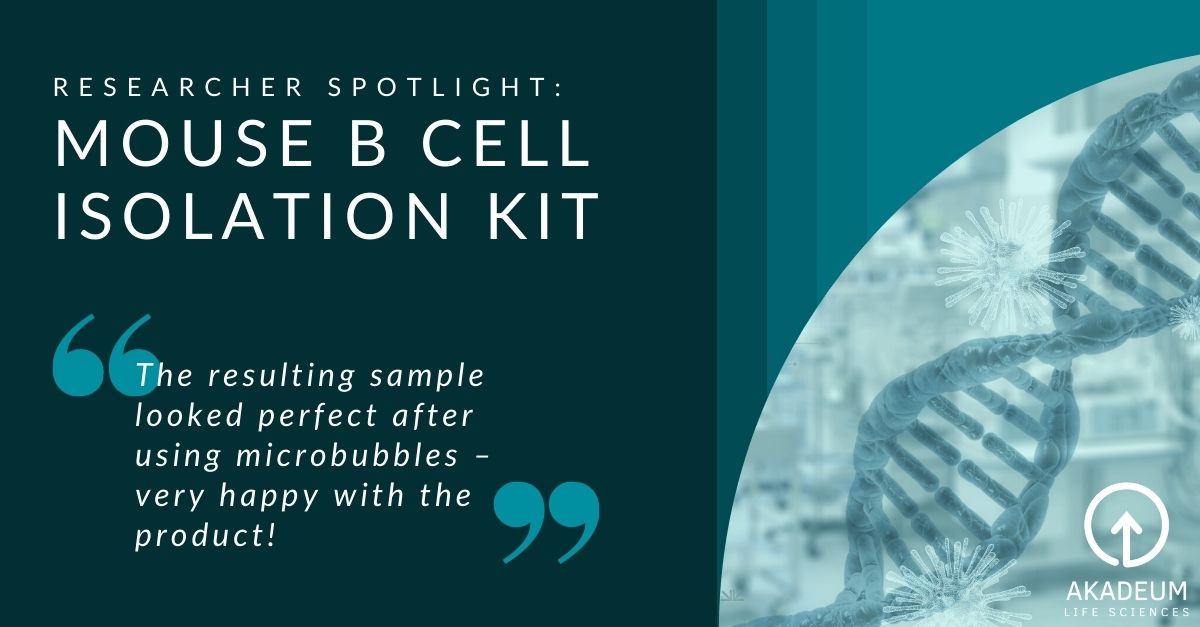
“The resulting sample looked perfect after using microbubbles – very happy with the product.”
Get an inside look into how products from Akadeum Life Sciences perform in real-world research that is happening in laboratories across the country. A research group at the University of California San Francisco recently used the Mouse B Cell Isolation Kit from Akadeum Life Sciences in the course of their research into understanding how autoreactive B cells, despite chronic antigen engagement of the B cell receptor (BCR), are restrained from inappropriate activation and differentiation. This research puts special focus on how this process is disrupted in autoimmune disease and how tolerance mechanisms can be harnessed to re-establish immunological tolerance.
Using the Akadeum Mouse B Cell Isolation Kit improved B cell purity from 36% (in the non-enriched sample) to 81% (following Akadeum’s fast and easy microbubble protocol). Critically, the BCR percentages were similar in the enriched sample to the starting material, confirming that the isolation protocol didn’t disturb these receptors or skew the isolated population. In a direct comparison against traditional magnetic bead separation, the results were similar with less than 3% variance in final purity. The Akadeum microbubble workflow can be performed faster and without additional equipment and consumables like magnets and columns, as the microbubbles can be used directly in the sample container for quick and easy enrichment.
Scope of the Project:
Objective:
To understand how autoreactive B cells, despite chronic antigen engagement of the B cell receptor, are restrained from inappropriate activation and differentiation. Of particular interest is how this process is disrupted in autoimmune disease, and how tolerance mechanisms can be harnessed to re-establish tolerance.
Kit Used:
Mouse B Cell Isolation Kit from Akadeum Life Sciences
Key Takeaway:
With a faster, simpler and less expensive process, the Akadeum kit achieved B Cell Purity on par with the market leading magnetic-based kit.
Outcome:
A highly purified population of B cells was obtained, while BCR percentages remained similar to starting material. The isolation protocol did not disturb these receptors or skew the isolated population.
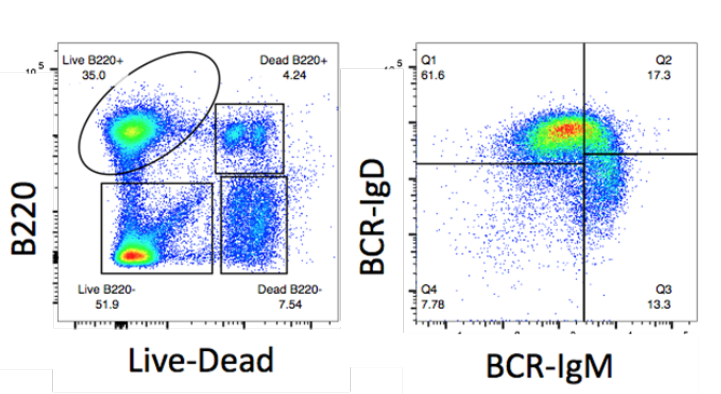
Figure 1: Starting material shows the sample has 35% Live B220+ cells
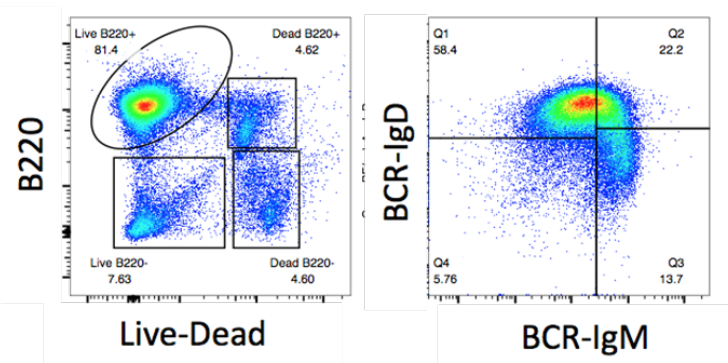
Figure 2: Microbubble separation shows 81.4% Live B220+ cells with similar BCR population
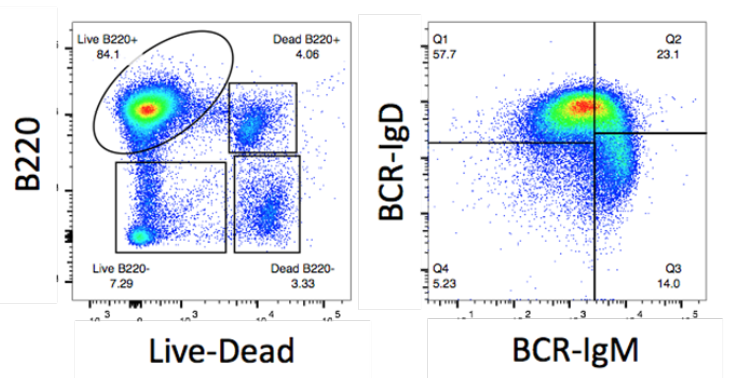
Figure 3: Magnetic Bead separation shows similar results to the Microbubble enrichment protocol
Akadeum’s Mouse B Cell Isolation Kit performed exactly as expected, delivering a highly enriched sample for downstream analysis using our protocol that is fast, easy, and gentle on cells. As the research team themselves said, “The resulting sample looked perfect after using microbubbles – very happy with the product.”
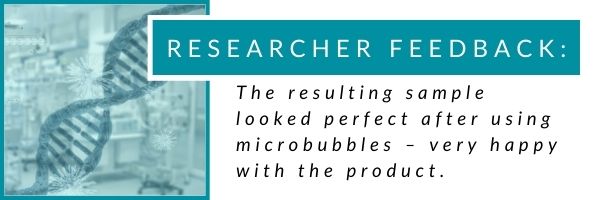
Let’s Connect!
If you are involved in cell separation research, or wondering how to culture isolated mouse B cells, we’d love to hear from you! We are actively seeking new applications for our microbubble technology–including our new Human B Cell Isolation Kit. We would welcome the opportunity to learn more about your research and to discover if our microbubbles could help you in your work. Let’s schedule a time to talk – you can schedule a call for the date and time that is most convenient for you. We look forward to hearing from you!



